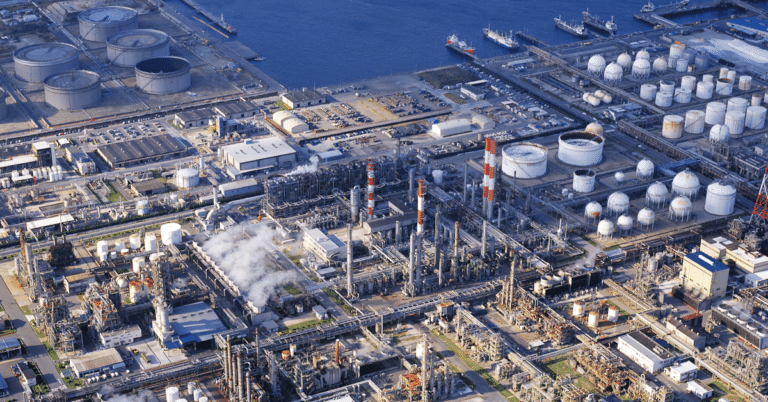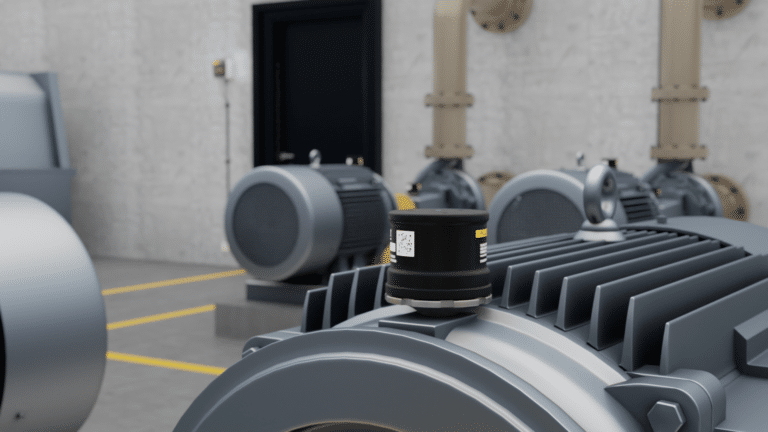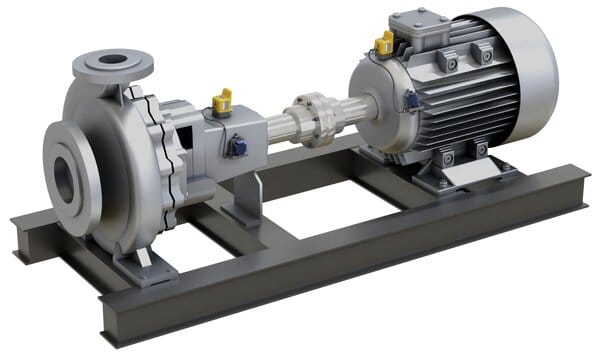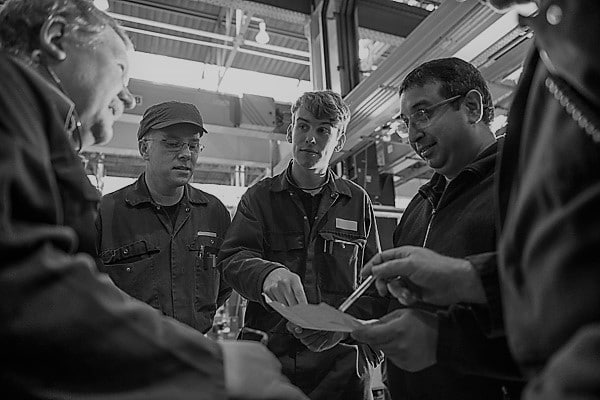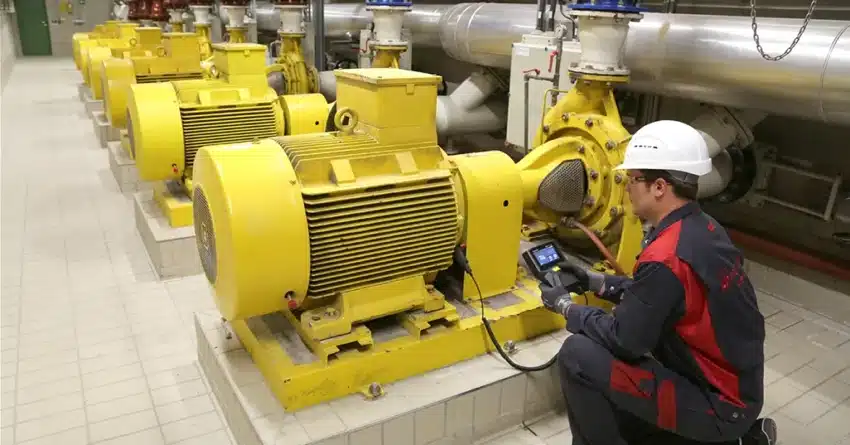
Industry 4.0 refers to the fourth industrial revolution – and it’s called a revolution for good reason. The internet and its connectivity capabilities, along with Internet of Things (IoT), machine learning, and Artificial Intelligence (AI) technology, are quite literally transforming how manufacturing plants are run and maintained. Since its goals were laid out in 2010, the manufacturing industry has worked towards leveraging automation in pursuit of the next-level efficiency afforded by Industry 4.0 and Industrial Internet of Things (IIoT) technologies.
Some organizations have already made remarkable progress toward establishing these powerful connected systems across their facilities. In addition, many new sites are incorporating connected technologies in the planning phase, before assets are even installed.
Companies that took the leap into Industry 4.0 before the COVID-19 pandemic were better prepared for the challenges and disruptions industrial manufacturers faced, according to a study by McKinsey.
Meanwhile, many organizations are still struggling to work within outdated infrastructure to support new and evolving demands that they were never designed to handle. Complicating matters further, older plants often struggle to overcome compartmentalization, organizational silos, and embedded work habits, which can hinder IIoT adoption.
For the older plants that face these challenges, this article will provide a solid overview of why condition monitoring is the best way for manufacturing plants to achieve the efficiency goals promised by Industry 4.0.
What are the Benefits of Industry 4.0?
Industry 4.0 environments are linked by a backbone of interconnected systems, forming an intelligent network of machines and processes. Envision a digital layer over the mechanical and human operations which is constantly monitoring, interpreting, reporting on and, in some cases, directing the actions of the physical machine layer.
While Supervisory Control and Data Acquisition (SCADA) already does some of this, as do individual original equipment manufacturer (OEM) machines and many other closed-loop systems, Industry 4.0 challenges us to view those systems in terms of the value of their operational data. This data is essential in converting plant assets from individual systems to an overall connected framework that reaches beyond the manufacturing execution system (MES) and into enterprise asset management (EAM).
Early adopters of the Industry 4.0 approach, such as logistics and supply chain management, have already proven the benefits. It is time for other areas of the plant to adopt the “Smart factory” mindset.
Condition Monitoring, Predictive Maintenance, and Industry 4.0
For maintenance, Industry 4.0 promises to deliver higher return on investment (ROI) than was ever possible before by providing maintenance teams with real-time insights into asset health and performance, so they can more effectively plan and focus maintenance tasks where they are truly needed. This is what’s known as condition-based maintenance, and it relies on real-time condition monitoring with the help of connected sensors.
Condition monitoring is the process of monitoring key asset condition data, like vibration levels or temperature, with sensors or systems in order to see machine failures coming. Real-time condition monitoring is a powerful Industry 4.0 technology that is only growing in popularity – 48% of plants are already taking advantage of connected devices to improve their maintenance programs, and 30% are looking into it, according to a 2021 study from Plant Engineering.
Consider: What data is essential in building a real-time digital picture of plant health? Where does that data come from? What do we need to do with it to make it actionable? For operations, the goal is to radically improve machine health visibility with enough data history and AI computing power to generate insights into plant maintenance and reliability.
Industry 4.0 helps companies abandon their antiquated reactive maintenance and move toward predictive maintenance. Predictive maintenance uses condition monitoring data and machine learning algorithms to predict maintenance needs in order to prevent unexpected failures.
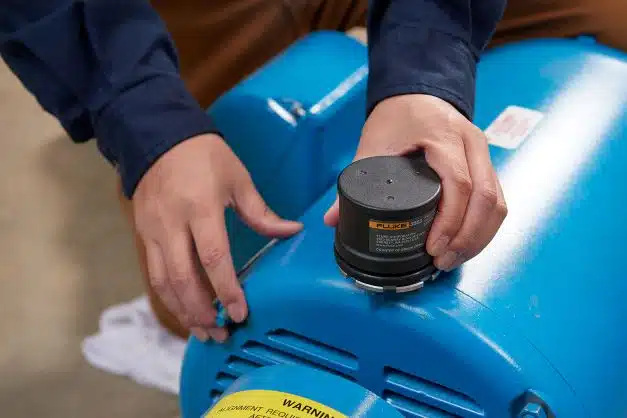
Years ago, an 80/20 maintenance routine was considered ideal – 80% planned, calendar-driven work, and 20% on-the-fly corrective maintenance. But yesterday’s best practices won’t carry us into tomorrow. Over time, we have realized calendar-based maintenance can introduce risk. Was that bolt tightened? Were the consumable parts properly sourced? Was lubrication done perfectly? What’s more, maintenance dollars are often overspent in some areas and underspent in others when following a calendar-based approach.
More organizations now favor a predictive, asset-centric approach – so maintenance dollars are only spent where they’re absolutely necessary. CXP Group found in 2018 that 91% of businesses reduce repair time and unplanned downtime once they invest in predictive maintenance.
Industry 4.0 technology and processes work toward minimizing unplanned maintenance emergencies and leveraging the efficiency of condition-based inventory, labor and repairs.
Why Condition Monitoring is the Foundation of Industry 4.0
An effective condition monitoring plan is the essential gateway to realizing new business value under Industry 4.0. The key to a successfully-deployed condition monitoring plan is data connectivity – the flow of data from the monitor to the maintenance team’s software systems. This is also the most challenging part to get right. Analytics solutions are only as sophisticated as their data back end can support. In other words, the amount and quality of data available will impact the effectiveness of a condition monitoring plan.
Achieving the benefits of predictive maintenance requires a sufficient data capture system capable of monitoring the plant’s most critical assets and getting that meaningful data where it needs to be. As such, automating data capture is often the most realistic way for an operations team to move forward. Many teams report:
- Too many assets to service
- Shortage of asset reliability expertise
- A shift from expertise-based to generalized team members
- Lack of time
All these challenges are addressed effectively by a high-quality condition monitoring system. Teams typically benefit most from an asset-centric approach, where data is specifically captured and organized to deliver asset health insights. Sensors should track the vibration, temperature, and power signatures for the 20% most critical plant assets.
Many plants also prioritize their condition monitoring deployment on equipment that is too hazardous for standard inspection procedures and too critical to fail unexpectedly: pumps in difficult-to-reach places, areas subject to dangerous temperatures, overhead fans lodged in ductwork, and belt-drive fans with guards preventing access to the bearings. Installing condition monitoring on those systems improves health and safety conditions and provides quantifiable data on the risk of damage and, ultimately, preventing downtime.
System Integration Allows for Communication Across Assets and Teams
On its own, condition monitoring data is incomplete. It does not know when an asset was last serviced or what actions were performed, or when maintenance is next due. It does not see the asset’s history of failure, what parts are needed to complete specific jobs, and whether those parts are on hand.
So, once the relevant data has been collected, the system needs to funnel it into a platform where it can be aggregated and integrated with data from other systems. There, it can be for compared against machine failure indications. The more we can see in advance, the more we can prepare to avoid machine failure.
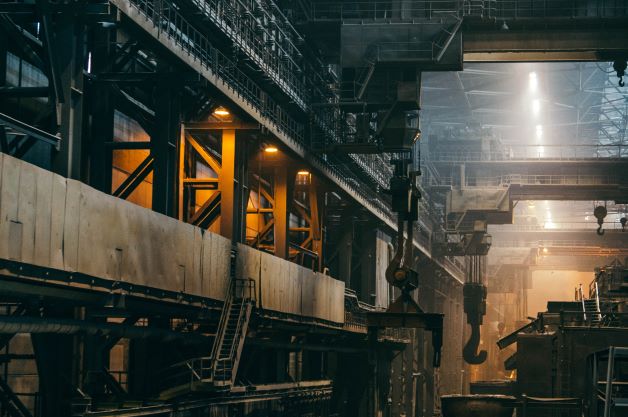
Continuous monitoring must be combined with carefully curated asset history as well as specific runtime and failure data in order to create a condition-based maintenance plan. Technicians are notified when an asset changes condition, and work is prioritized based on real-time asset health.
Effective condition monitoring systems should include:
- Data connectivity: Data is combined into a usable state and stored in an accessible location
- System connectivity: Integration of asset health data with related systems used by maintenance teams
- Team connectivity: All personnel have access to asset information, which allows for more efficient maintenance actions.
Visualizing a Roadmap to Industry 4.0
Many operations begin with condition monitoring – it becomes their baseline for continuous progress toward connected systems. If you face integration challenges or budget restraints, follow the classic pilot model – focus on feasible projects that tackle urgent needs with visible benefits. Be selective and try to avoid preconceived notions.
Here are three key principles for making progress:
1. Focus on Value Drivers
- Think value-backward, not technology forward, and focus on industry-specific key value drivers.
- Develop a compelling vision and inspire the organization through lighthouse pilots.
2. Mobilize the Organization
- Drive the transformation from the top with clear business ownership.
- Lock in bottom-line benefits quickly to prove value early.
- Cultivate a highly agile culture.
- Build a cross-functional team representing different departments and silos.
3. Innovate the Infrastructure
- Define an integrated target technology stack based on a thorough analysis of the status quo.
- Choose a transition pathway and enable it locally before scaling globally.

Start Small to Scale Fast
Start small. A limited group that is trained in the core aspects of Industry 4.0 and condition monitoring will go a long way toward cultivating internal support towards a connected system.
You can easily demonstrate the effectiveness of Industry 4.0 by setting measurable project targets that slightly exceed what existing processes can accomplish. Ensure senior management supports the project fully—and if there are any doubts, do your best to involve them as drivers and challengers.
Moving towards Industry 4.0 points to endless opportunity. The technologies are coming together: sensors, networks and processing power are improving as prices are decreasing.
Teams can now feasibly scale their condition monitoring program beyond their top 20% assets to the next tier of operations, leveraging their initial investment into far greater returns. Before you know it, we will be talking plant-wide condition monitoring, supporting an even greater level of connectivity.


